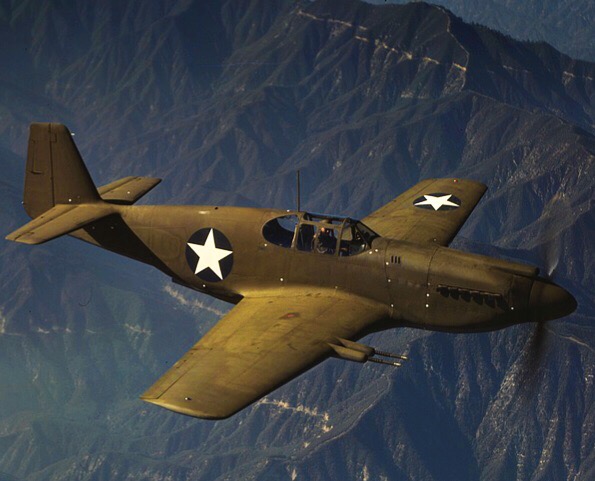The War History Online forum is just getting started but on our most active thread to date, this question got many of our readers voting and commenting. Here are the results so far:
“Best” can mean different things to different people, but one thing is clear, the P-51 Mustang was the clear leader in the poll.
Not to sound like a Miss Universe competition, but just to remind ourselves of the beautiful contestants in reverse order:
Yakovlev Yak -3
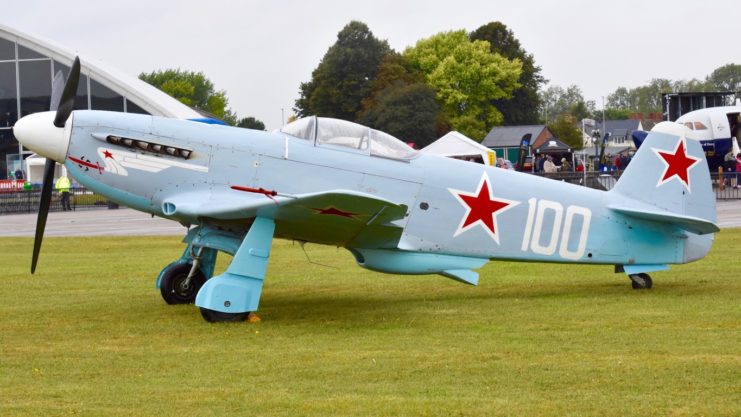
The Soviet Yak fighter (Yakovlev Yak-3) was a Soviet dogfighter that was used in World War 2. This was a robust craft, and its maintenance was very easy therefore making it liked by all ground crew and pilots. They were first developed in 1941 but didn’t see service until three years later, 1944. 4848 of these fighters were manufactured in total. Their main use was as tactical fighters, engaging in dogfights in the lower sky (13,000 ft and lower).
Mitsubishi A6M Zero
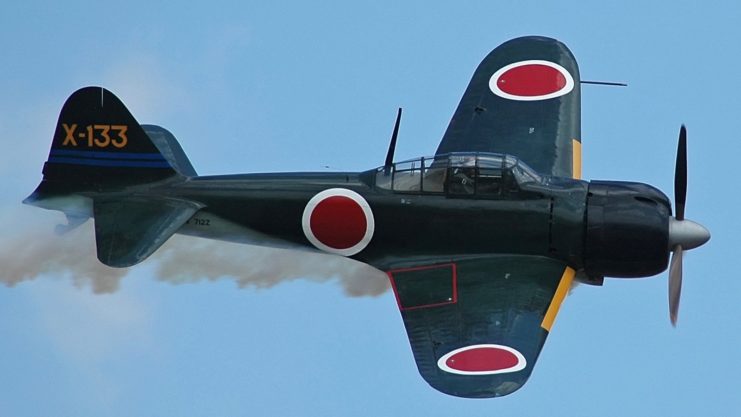
Japan’s most famous plane, it was the first ship-based fighter that could beat land-based opponents. With its light frame and powerful engine, it at first out-manoeuvred and out-fought everything the Allies flew against it.
The tide turned when the Americans shipped some Zeros home for study, determining their weaknesses. Paired with the arrival of a new generation of Allied planes, Zeros then dropped like flies. They were the principal suicide bomb planes of the late war kamikaze attacks.
That is basically what Victor J Vale II also said:
The Zero was excellent at the start of the war against outdated US and British planes. By the time the Hellcat came out the zero was outclassed. Let also not forget the change in tactics by the allies with P-40’s doing boom and zoom and wildcats using Thach weaves
Focke Wulf – FW190
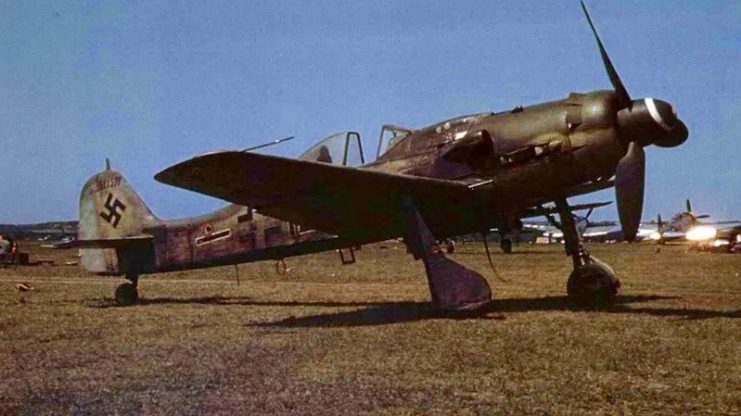
The 190 is literally one of the best fighters of all time, no Allied plane that fought against it will ever forget what it could do. It was introduced in 1941; the fighter almost immediately started to tear through the RAF and was putting down major punishment of Allied bombers.
The 190 was highly respected by all the Allied pilots and it was a perfect fighter, fighter-bomber, and anti-tank aircraft.
imikem agrees with this view:
I give the overall nod to the Focke-Wulf for versatility – It was able to perform well as a fighter, bomber interceptor, ground attack and fighter-bomber. Packed a punch with up to four MG151/20 and 2 MG131. Biggest limitation was high altitude performance.
Messerschmitt Bf 109
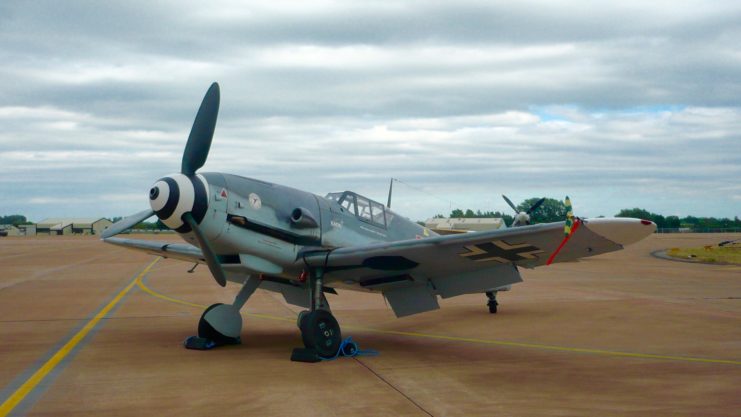
For enduring performance in the air, no plane of WWII could outclass the Bf109. It first saw service during the Spanish Civil War in 1937 and was still being used in the mid-1950s.
The Bf109 was superior to almost everything flown against it during the first half of the war. Its weapons had a longer range and packed a more powerful punch than the Spitfire and Hurricanes it faced in the Battle of Britain, although in other ways the Spitfire outmatched it.
Dan Volker wrote about the Bf 109:
My brother, Rick Volker, has flown the Spitfire, Hurricane, Harvard, and BF 109, each at acrobatic level performance envelopes. He has said that the BF 109 was without a doubt, the best performing plane at the “edge of the envelope” – a place a fighter pilot would often enter in a dog fight. He has also been in actual simulated dogfights, with him flying the BF 109, against a Hurricane and a Spitfire. He was out-turning the Hurricane easily, and dead even with the Spit. But once at the near stall point, the BF 109 would be best. Rick also says the BF 109 was the hardest fighter of this group to fly, being functional only to the best pilots, and being a death trap to the less skilled. Just taking off with one was dangerous.
DH 98 Mosquito
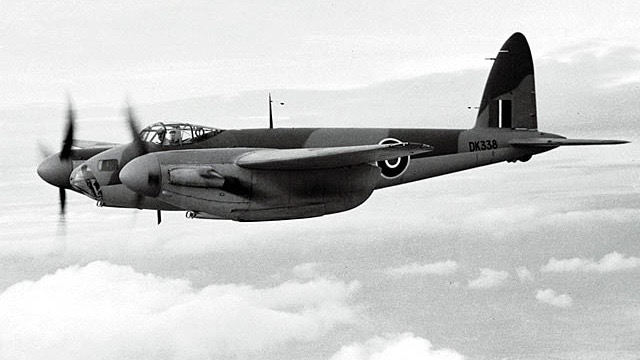
The de Havilland Mosquito was a British aircraft that served in a wide variety of different roles during WWII. The Mosquito was made almost entirely from wood. In an age of metal planes, it was a deliberate choice. Building a Mosquito used fewer resources such as aluminum than other planes being produced. As supplies became short, it made it a very efficient tool of war. It was known as the “Wooden Wonder.”
Ray Handle wrote about the Mosquito:
The DH 98 Mosquito gets my vote. The best night fighter, night intruder and also arguably the worlds first stealth fighter being built almost entirely of wood. Not only was it a superb night fighter however, it was also used as a bomber, night bomber, fighter-bomber, shipping strike and photo recce aircraft, so versatile was it. In a straight fight it could out perform the earlier marks of Spitfire, and hold its own with the later marks (and that with two engines to the Spitfires one!). Until the closing stages of the war the Axis had nothing that could catch it, and even when they did it took superb skill and not a small amount of luck to shoot one down, and bear in mind I am talking about the fighter version here not the bomber version.
Supermarine Spitfire
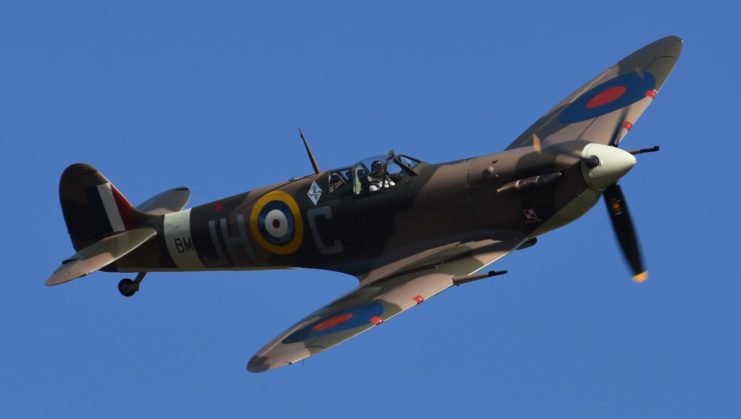
One of the most famous aircraft ever, the Spitfire was the symbol of British success during the Battle of Britain. With its powerful Rolls-Royce engine and heavy weaponry, it was maneuverable and hard enough hitting to challenge any Axis plane.
The Spitfire was repeatedly redesigned during the war, going from the Mk I to the Mk XV by 1944. In October 1944, a Mk KXIV shot down a Messerschmitt Me262, the first jet fighter to be brought down during the war.
Paul Harvey wrote about the Spitfire:
Spitfire all the way. My grandfather worked on them. Icon of WW2. Without them we’d be speaking German now.
North American P-51 Mustang
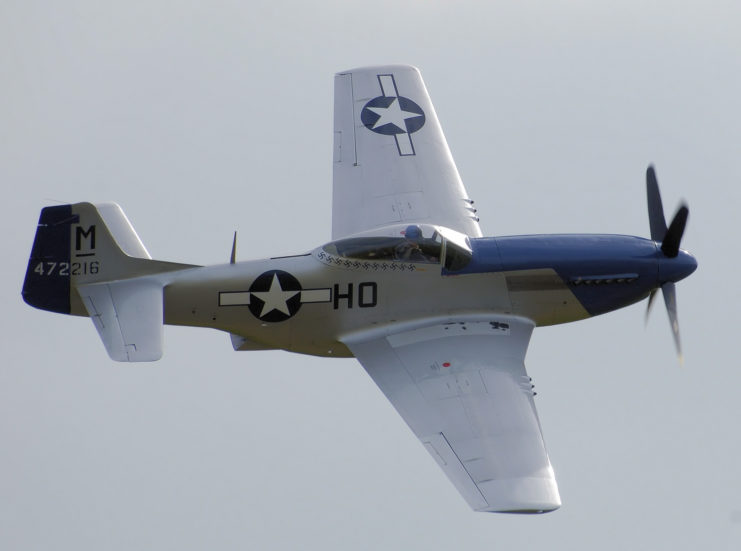
The P-51 Mustang Fighter, a North American Aviation, is one of the most iconic fighters / fighter-bombers that is single-seated and was used during World War 2. In total over 15,000 of these were manufactured. We’ll just leave these comments from our readers who say why they voted this the winner. Do you agree? Have your say and place your vote here… the poll is still open.
Jimbo1221 heartily agrees with this:
Regarding the North American P-51 Mustang: There are planes that could fly faster or turn tighter or fly farther or had a better rate of climb or more firepower or greater range. NO PLANE, not even the 262, could do ALL of these better than the Mustang.
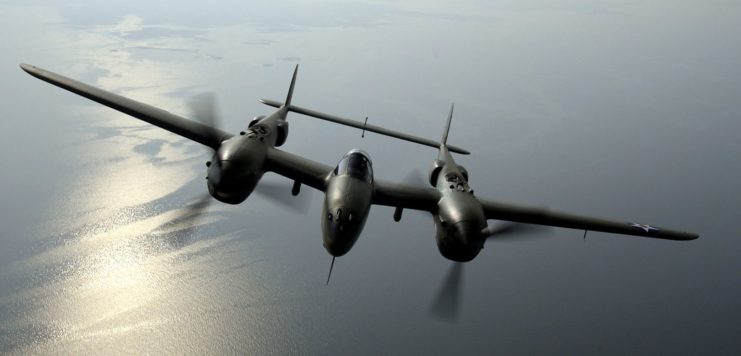
According to J Steve Allington, there can be only one winner:
None of the above. While the P-51 gets deserved attention, it lacked credible firepower at first, (along with a lackluster power plant) and never really achieved the long range capabilities that was needed over Germany. That’s why you don’t see any of the top aces flying the Mustang, they just couldn’t get to the fight, and if they did, they had to drop their tanks, fire off as many rounds as fast as they could, and run for home before they ran out of gas. The ME-109 was an out-dated design right from the start of the war, and only pulled in the big numbers against the poor Russians. Speaking of which, the YAK was a flying gas bomb. It could be argued that it was more beneficial to the Germans, than it was to the poorly trained Russian pilots who had to fly it. The Spitfire? While it was pretty, and it was arguably dearly loved by almost everyone who flew it, it was also a very delicate, temperamental aircraft, and more like a ballerina attempting to play ice hockey than a true fighter. The Mosquito? One word, wood. Anyone with a peashooter could blow holes in that thing big enough to shove a sheep through. (And often did, that’s why it didn’t really make any kind of impact at all during the war, until the Brits fitted it with radar, and started flying it under the cover of darkness.) I won’t go through all of them, but I’ll get straight to the point, Lockheed Lightning P-38. It never did well in Europe, (never did get it sorted out before the P-51 showed up, and despite it’s drawbacks, the Mustang did better over Europe than the Lightning did.) But in the Pacific, the top two American aces of the war both flew the “Forked Tail Devil”.
Other
Other was in 3rd place so we obviously neglected to mention many fine aircraft. If you have any ideas for future reader polls we would love to hear from you. Take a look for yourself here War History Online forum and share your thoughts and opinions with like minded members!
We will see you there.
